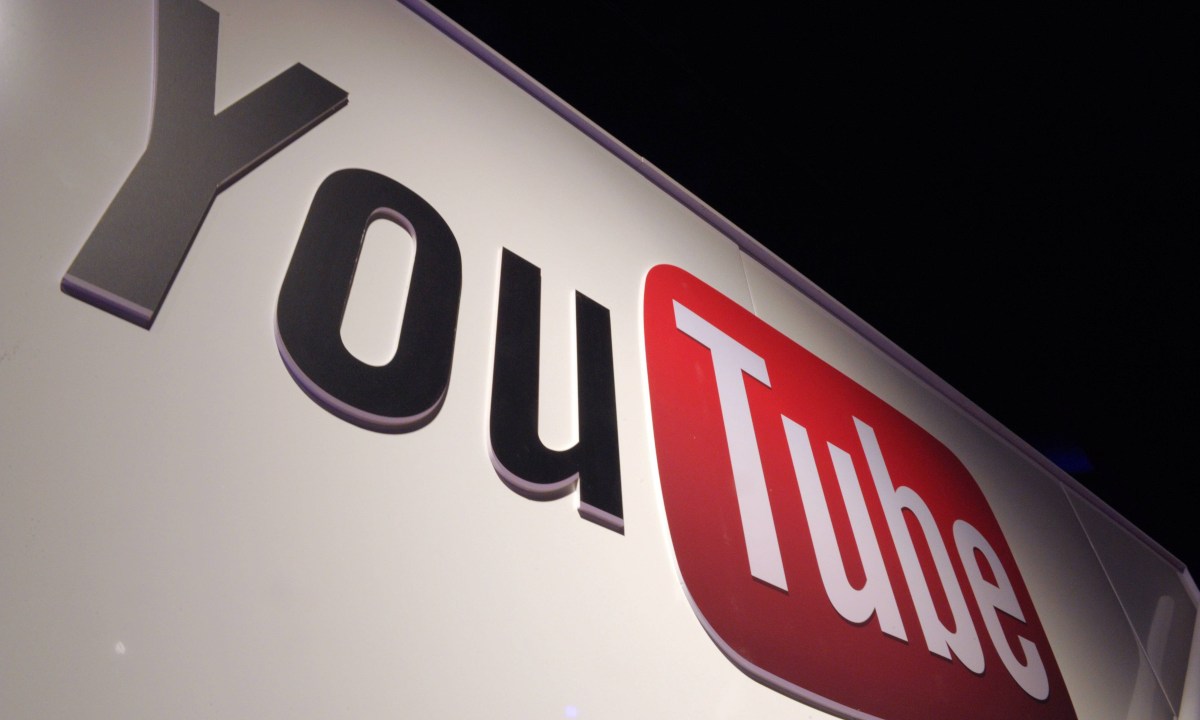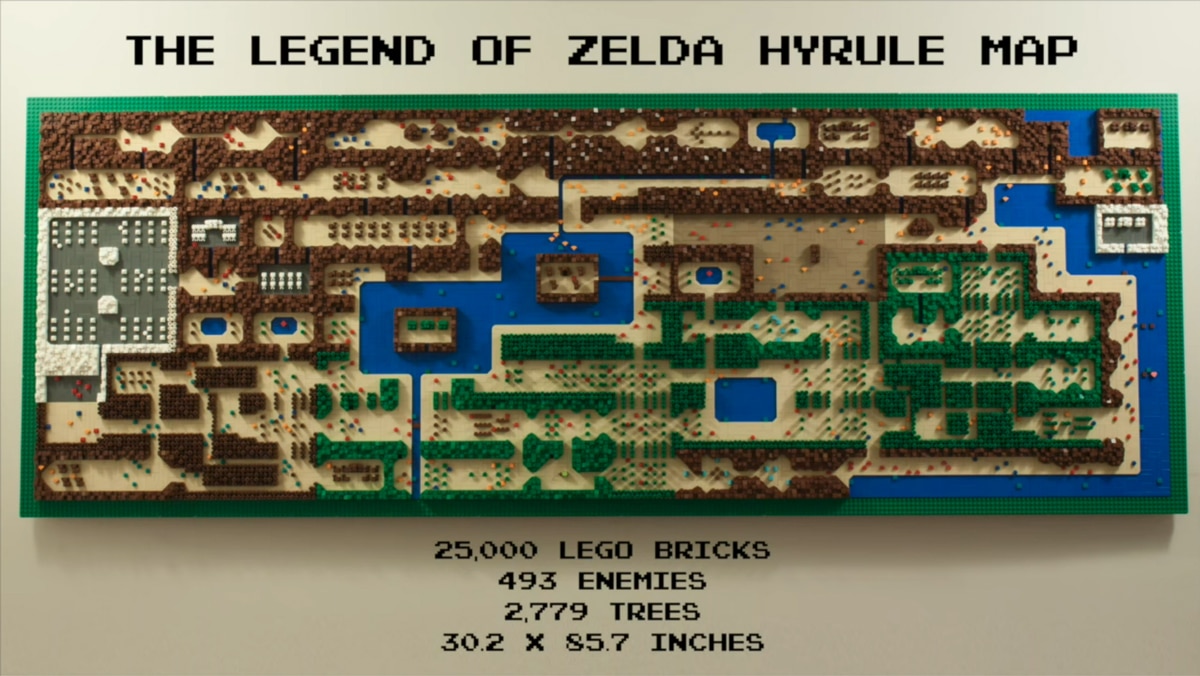
YouTube is, by its own right, the main platform for broadcasting audiovisual content on the Internet. He corresponds to that position, in part, because he is dean, but also because he has not stopped reinventing himself. during the 18 years since it was foundedback in the distant 2005. And in this, of course, the acquisition of the service by Google contributed substantially, just a year and a half after its launch.
Although the service was born, like many of those we use daily, in the United States, its internationalization began to take place practically from its birth and, although a good part of the most influential content creators globally publish their content in English, audiences who, at least natively, communicate in other languages, is literally huge. More specifically, as we can read in this report, around two thirds of the 250 most viewed channels publish content in English, followed by 15% in Spanish and 7% in Portuguese.
Aware of this, Google has been adding some functions to YouTube, such as subtitles, to extend the reach of videos, regardless of the language in which they were originally recorded. Nevertheless, the work of creating and editing subtitles is somewhat tedious (except in the case of those generated automatically, which, however, are not as accurate as those created by a professional translator. Furthermore, reading them makes us divert our attention from the video, so we can end up getting lost important elements of it.
This, however, is about to change. As we can read in Engadget, YouTube is testing an artificial intelligence-based tool for automatic video dubbing. Specifically, this new feature, which originates from the Google Area 120 project incubator, first transcribes the text of the video, allowing the creator to review and edit the original text. And, once it has been validated, it proceeds to translate it and then generates dubbing for it.
According to said publication, YouTube is already testing this tool with hundreds of English-speaking creators that, in this first phase of testing, can create dubbing in Spanish and Portuguese (It is no coincidence that, as indicated above, they are the second and third most common languages on the platform). The dubbing is created in a matter of minutes and, in addition, the use of this function is completely free. You can check the result of this tool in this video:
It is true that the dubbing does not sound as natural as a human voice, but YouTube intends to introduce interesting improvements in the future, among them that the voice used in the dubbing is similar to that of the creator in the original audio track. And if you are wondering if these plans are long-term, the truth is that they are not, since they point to 2024.



